16.3 Art Inquiry Projects: Women Artists
.jpg)
Mary Cassatt (1844-1926), Girl in a black hat with a ribbon, 1901/1902. Pastel on paper. Public Domain.
By Mary Cassatt – https://www.sothebys.com/en/buy/auction/2021/american-art-2/girl-in-a-hat-with-a-black-ribbon, Public Domain, https://commons.wikimedia.org/w/index.php?curid=123597733
The museums of the world are filled with paintings of women—by men. Ask around and you’ll find that most people struggle to name even one female artist from before the twentieth century. Yet women have always made art, even though, over the centuries, every discouragement was—and, as in many ways, still is—placed in their way… Feminism has shaken up how art history has been read and written. For the first time, artists who were previously ignored, patronized, marginalized or ostracized due to their gender, race, sexuality, or class, are being recognized for their originality and resilience. The infinitely varied work of these artists embodies the fact that there is more than one way to understand our planet, more than one way to live in it and more than one way to make art about it. This new art history celebrates and champions difference—the very lifeblood of art. (Jennifer Higgie, The mirror and the palette, 2021, pp. 3-4).
This section will highlight some of the work of well-known women artists. The questions for inquiry and research are identified below.
Questions for Reflection and Further Research
Learning Objectives:
To explore and research some of the following questions.
- Explore the role and experiences of women artists
- Identify the challenges and barriers that women artists faced in the past and currently.
- Become familiar with the different painting styles of women artists. Are there particular themes that emerge in the paintings/sculpture/ as you look more closely at a particular artist and her work?
- Research the life and work of one of the following women artists that are included below (or research a woman artist of your own choice). Consider the following questions in your research:1. How appreciated were these women artists during the time in which they lived?
- What can you find out about the major influences in the artist’s life?
- Explore the sociocultural background of the artist to learn more about their family and community influence.
- How did the artist learn her craft when many women were prevented from attending art school?
- How do the artists use symbols in their work? To what extent do the artists’ works reflect timely cultural and historical events? To what extent does their work also speak to our time?
- Which artistic medium did the artist choose (painting, sculpture, etc.)?
- What did the artist hope to accomplish in her paintings? (Look for recurring themes, subjects, etc.
- .How did the artist depict women, men, the family, children, nature, and other aspects of the environment
- .What has changed for women artists? What challenges do they still need to overcome?
- Research other artists who were undervalued as a result of race, gender, ethnicity, or class. To what extent did the artist overcome systemic barriers?
- For information about books on women artists please open the link here.
Selected Women Artists
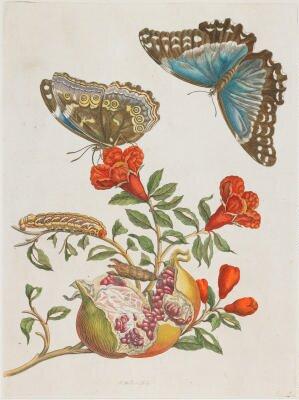
https://www.rct.uk/collection/1085787/metamorphosis-insectorum-surinamensium. Biodiversity Heritage Library and Project Gutenberg. “https://commons.wikimedia.org/wiki/Maria_Sibylla_Merian#” by RCT.UK is licensed under Public Domain Mark 1.0.
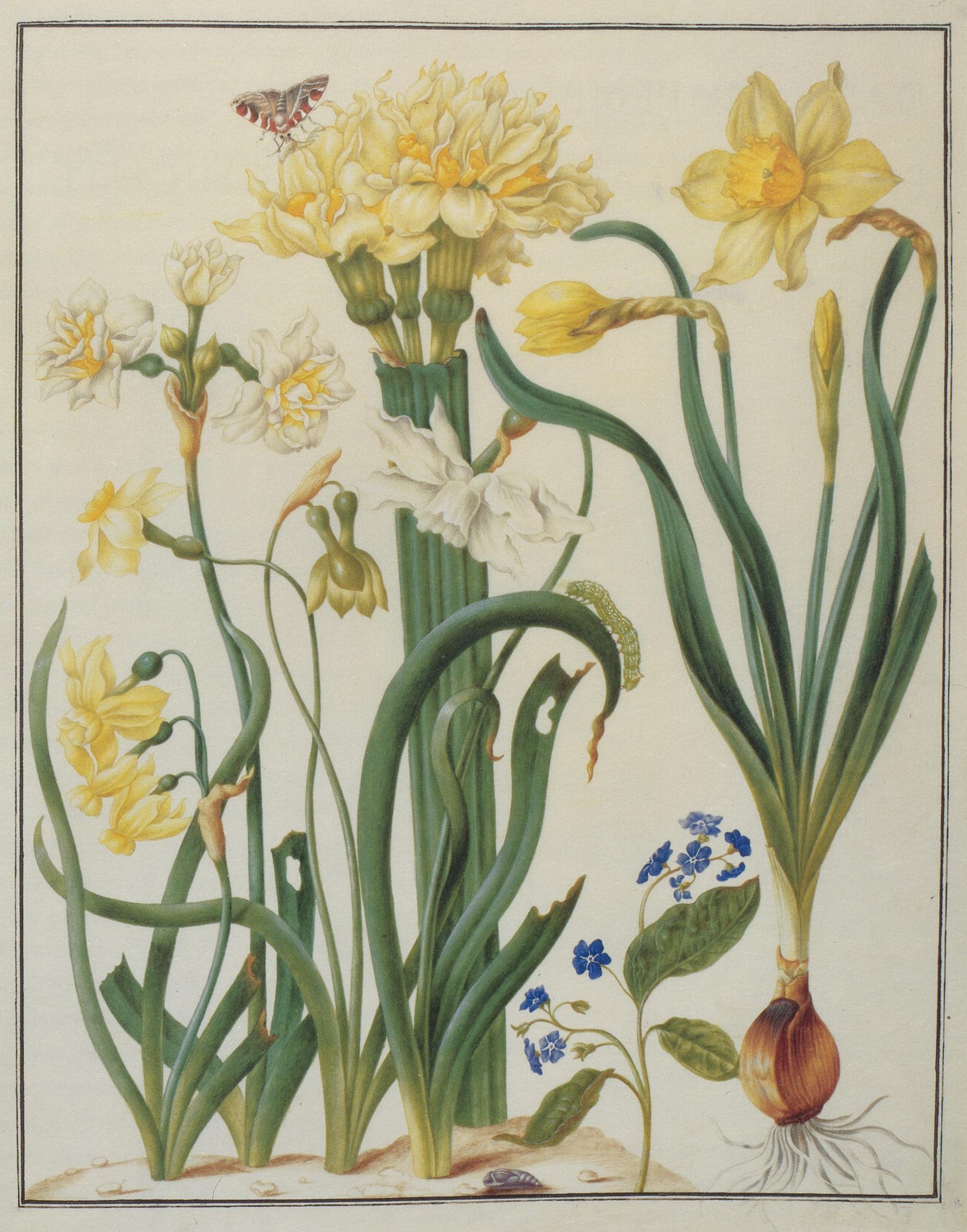
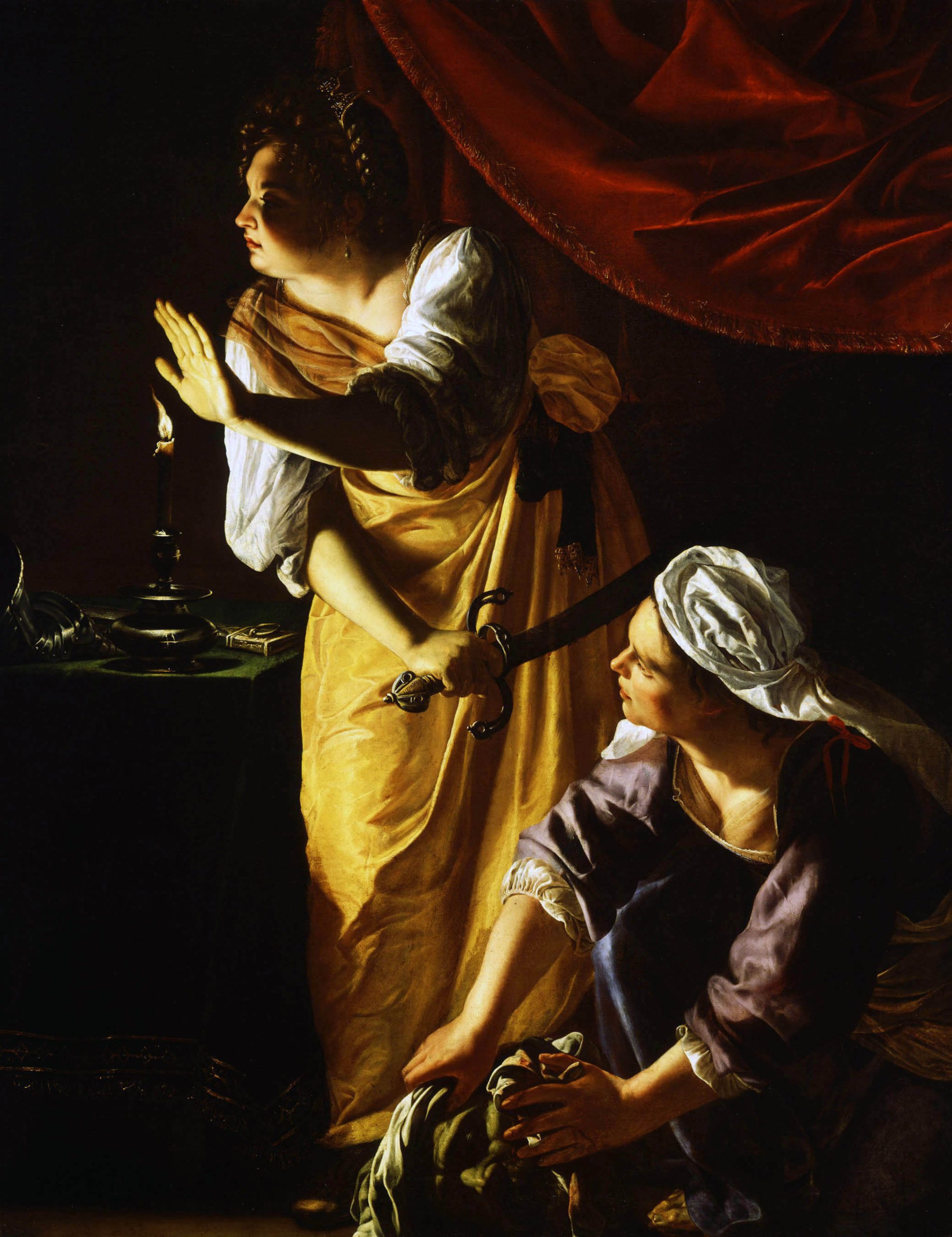
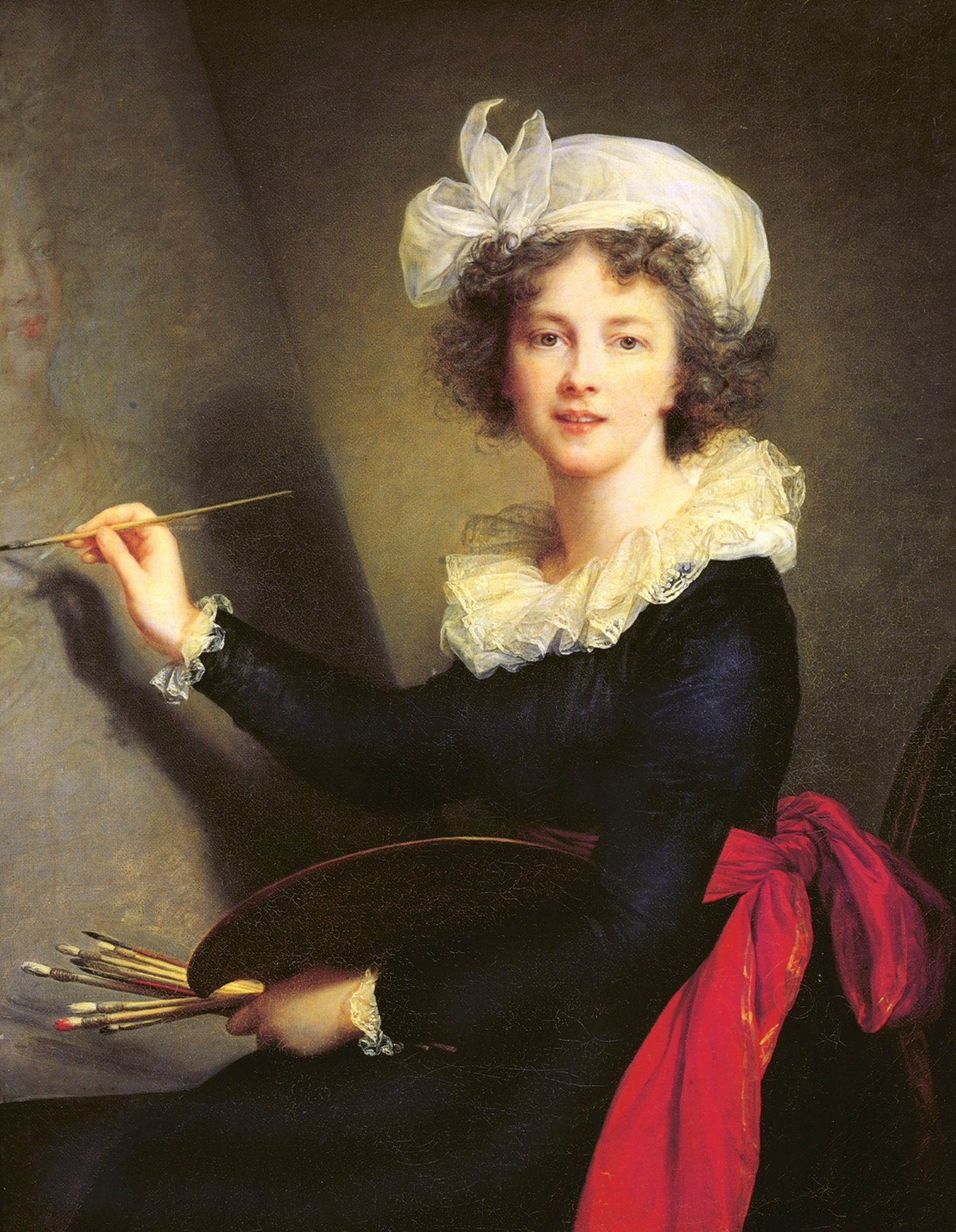
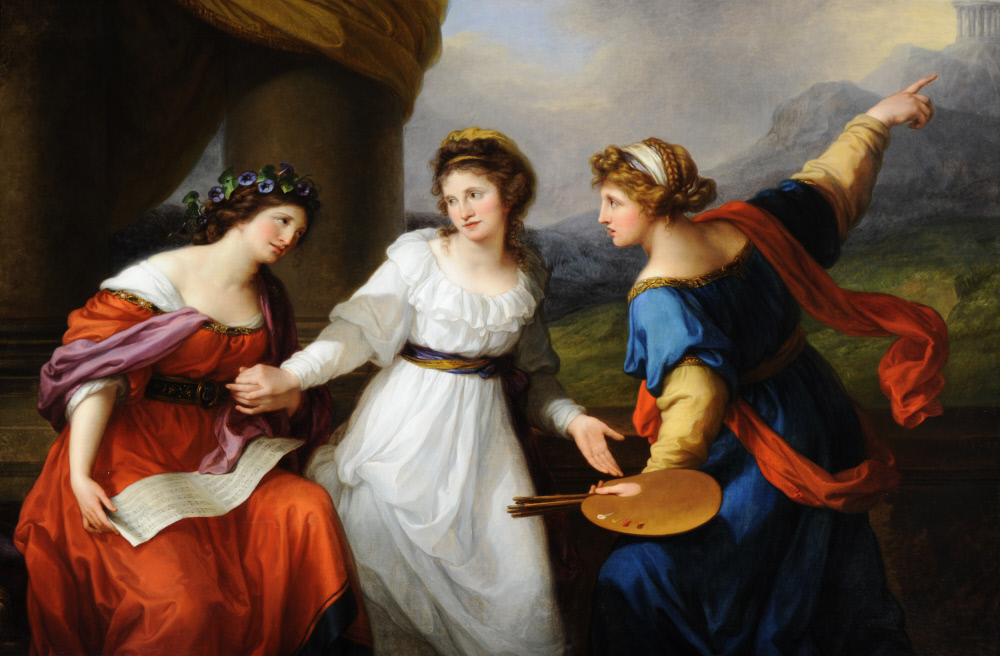
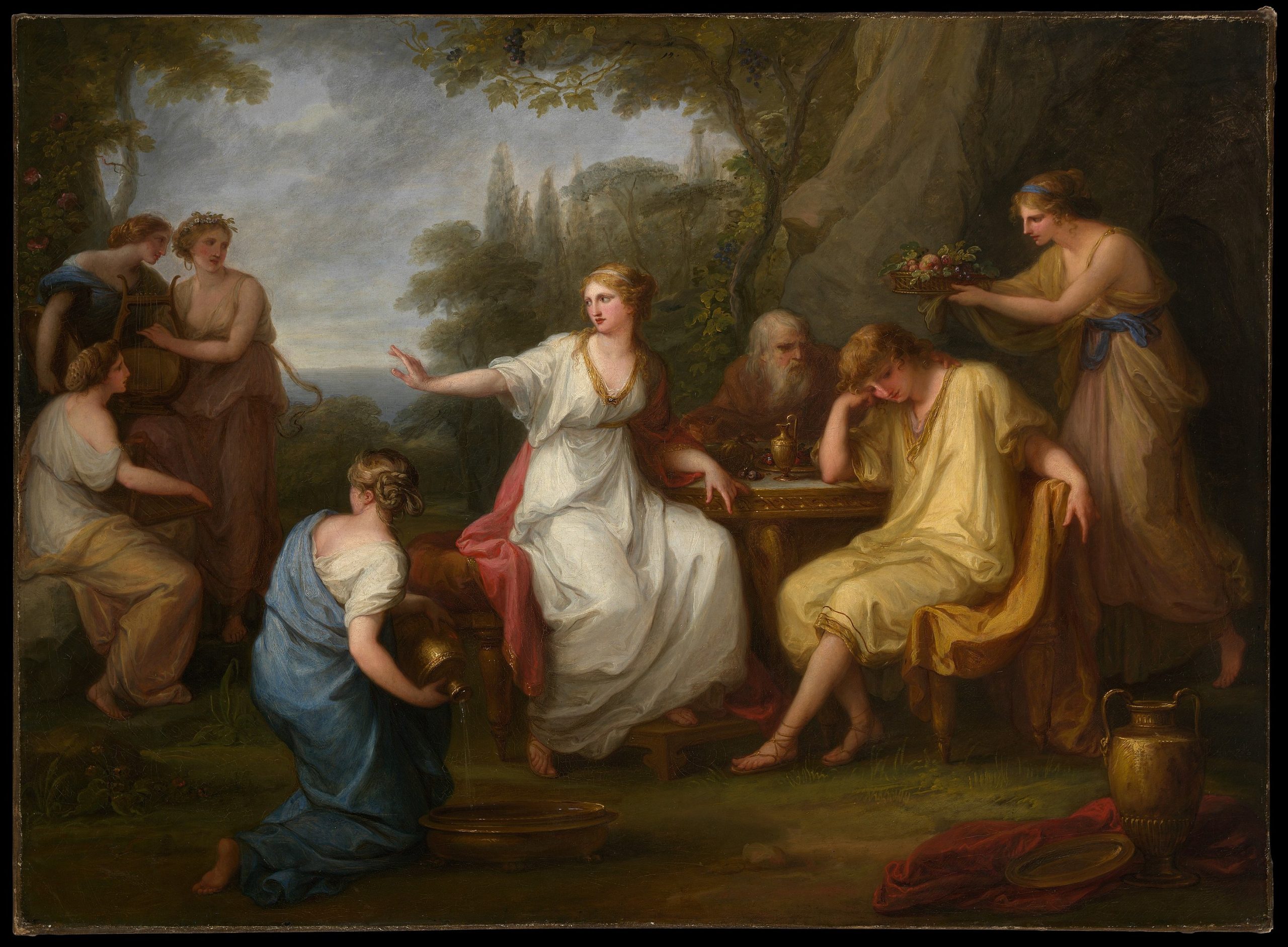
Courtesy: Bequest of Collis P. Huntington, 1900. “https://www.metmuseum.org/art/collection/search/436809” is licensed under CC0 1.0.
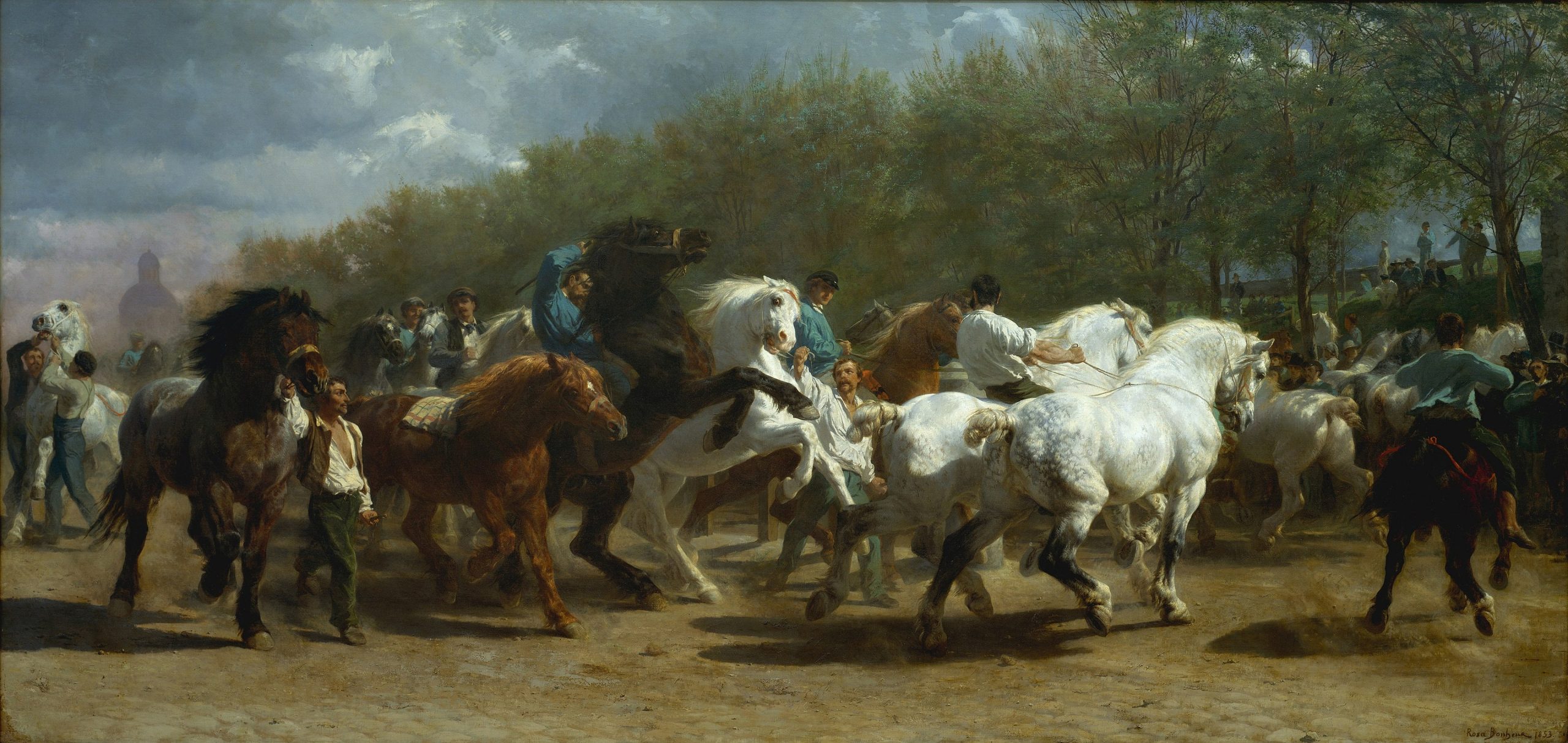
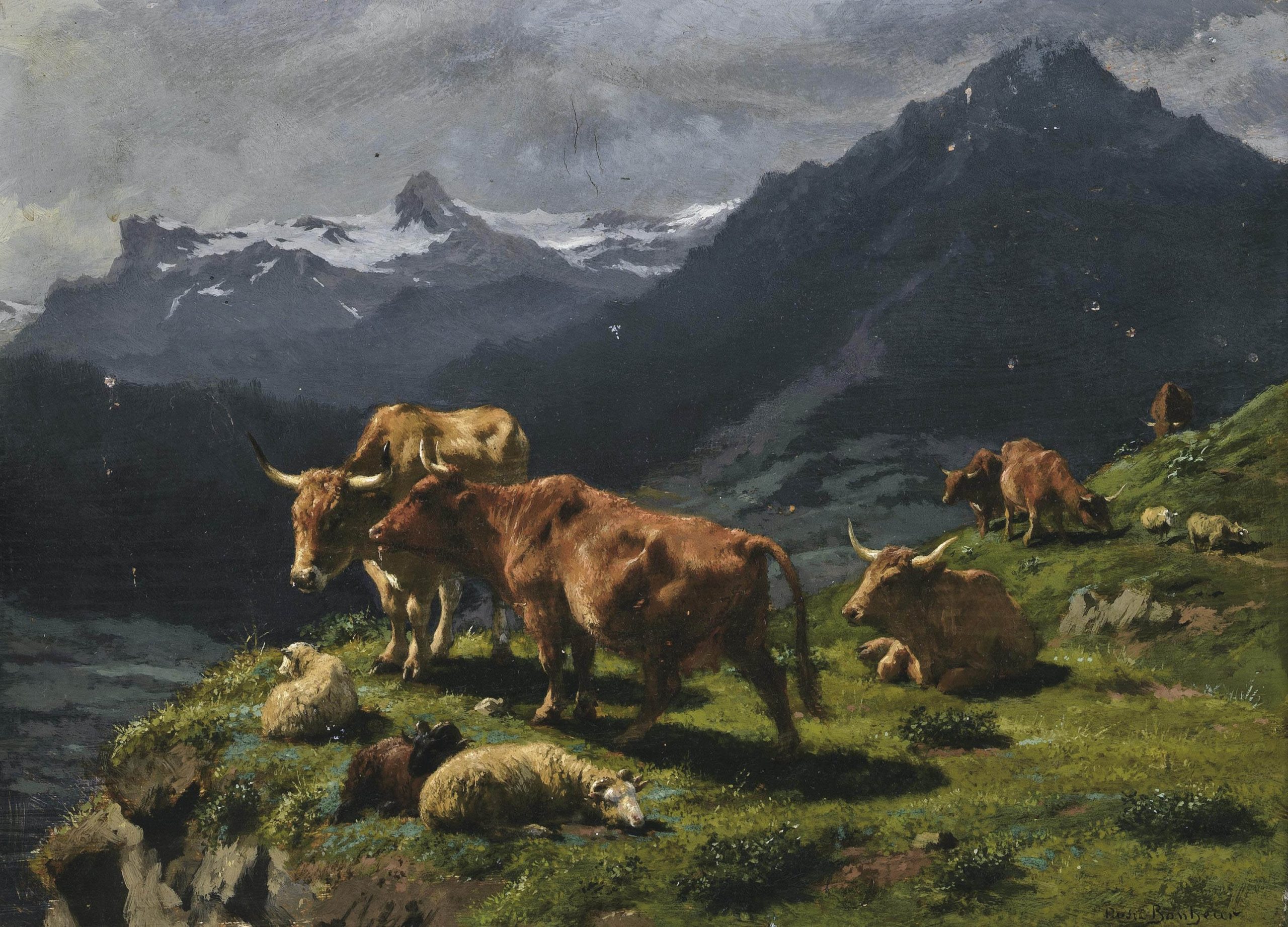
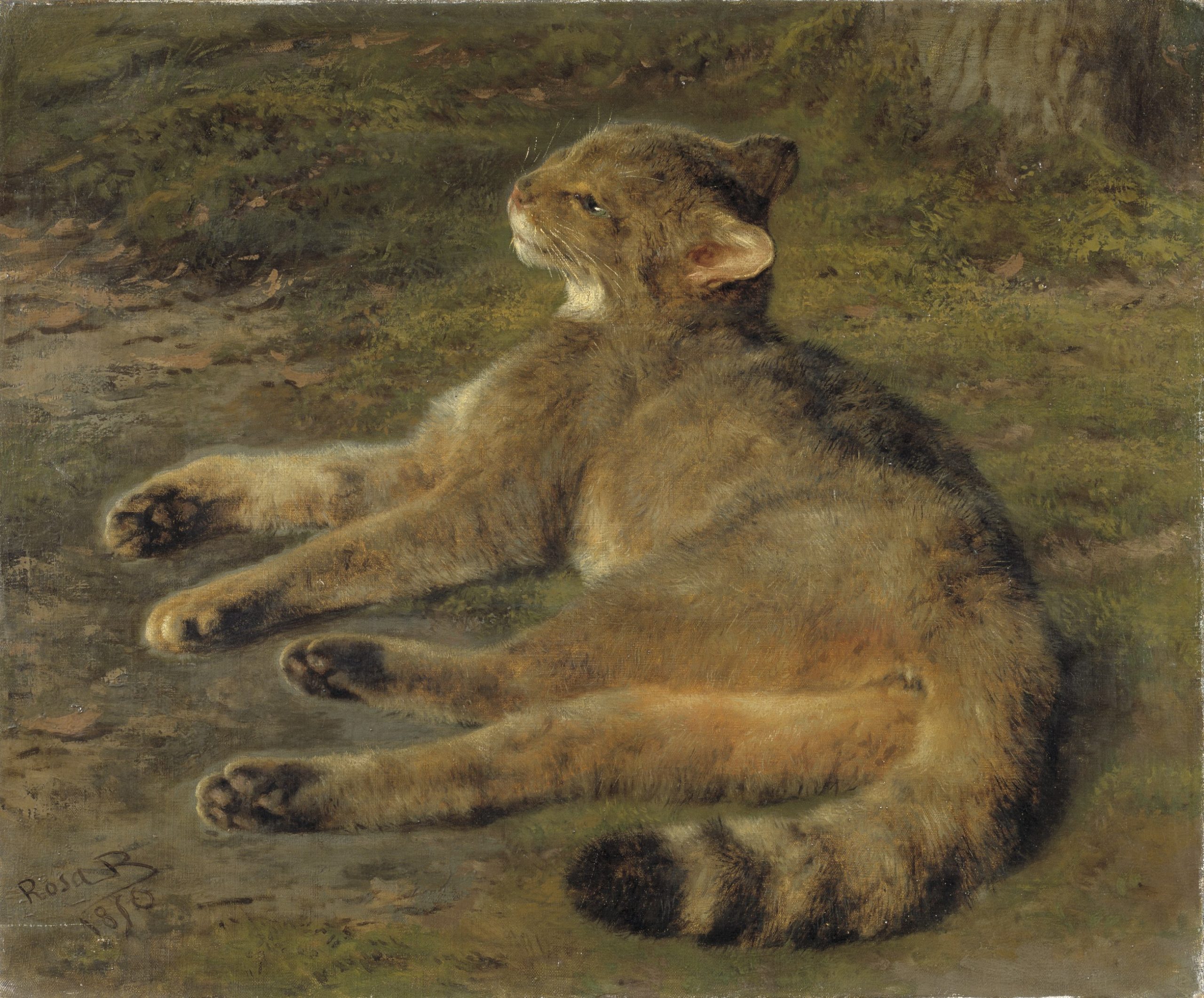
“Rosa Bonheur was one of the most famous painters of animals of her time. This wild cat is an excellent example of her realistic way of portraying animals. Bonheur was genuinely interested in the animals she depicted. In addition to a large number of dogs, birds and cats, she also had an otter, Mouflon sheep and lions. In 1853, at the age of 31, she gained wide recognition for her monumental painting The Horse Market. Bonheur’s choice of subjects required her to frequent places where it was impractical to wear long skirts. In 1857, the police granted her permission to wear trousers in public.”
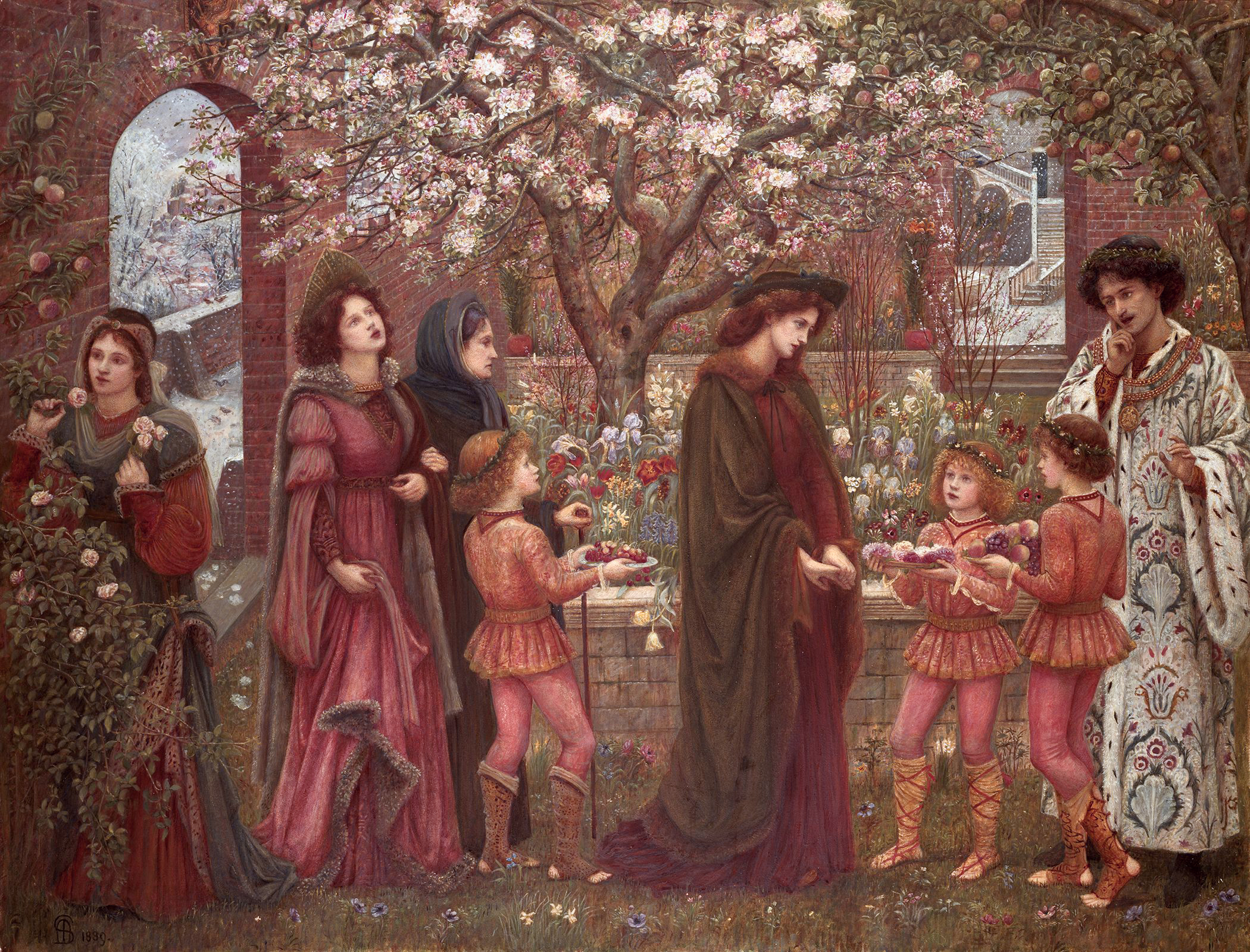
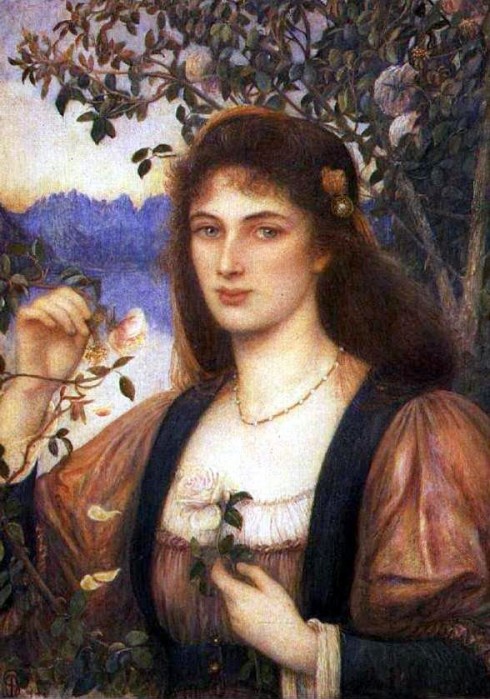
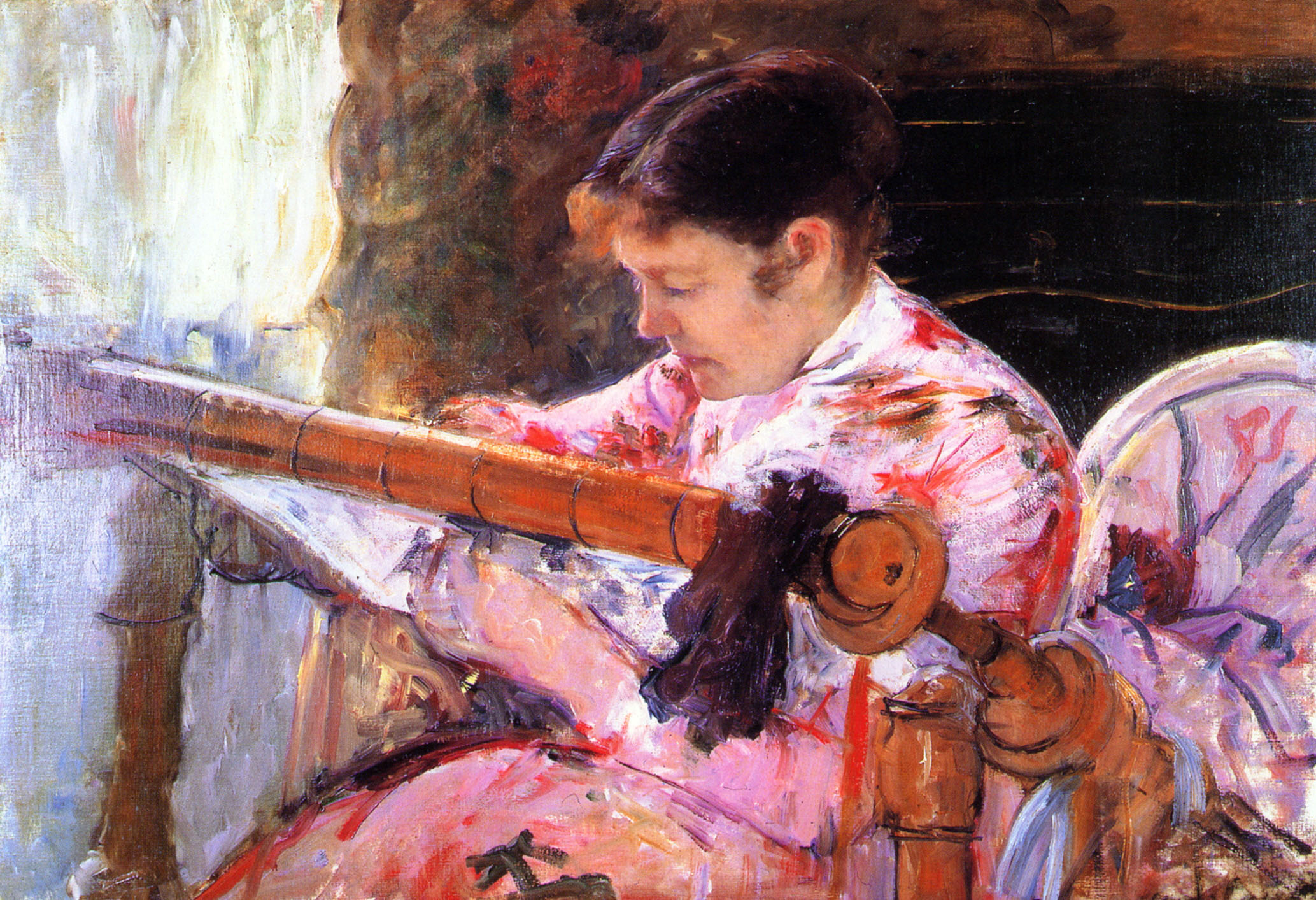
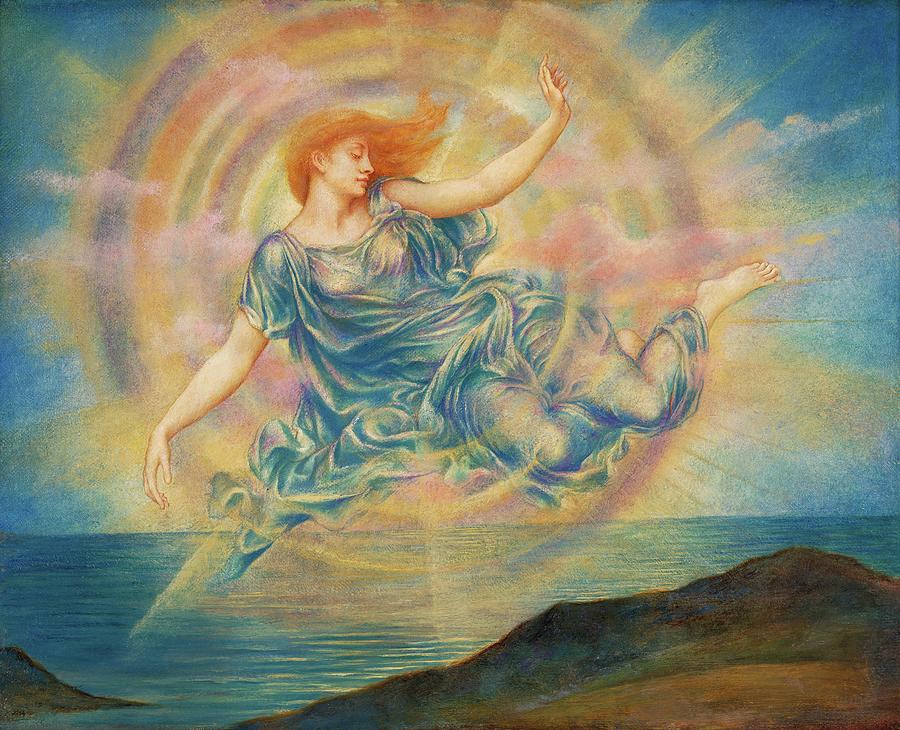
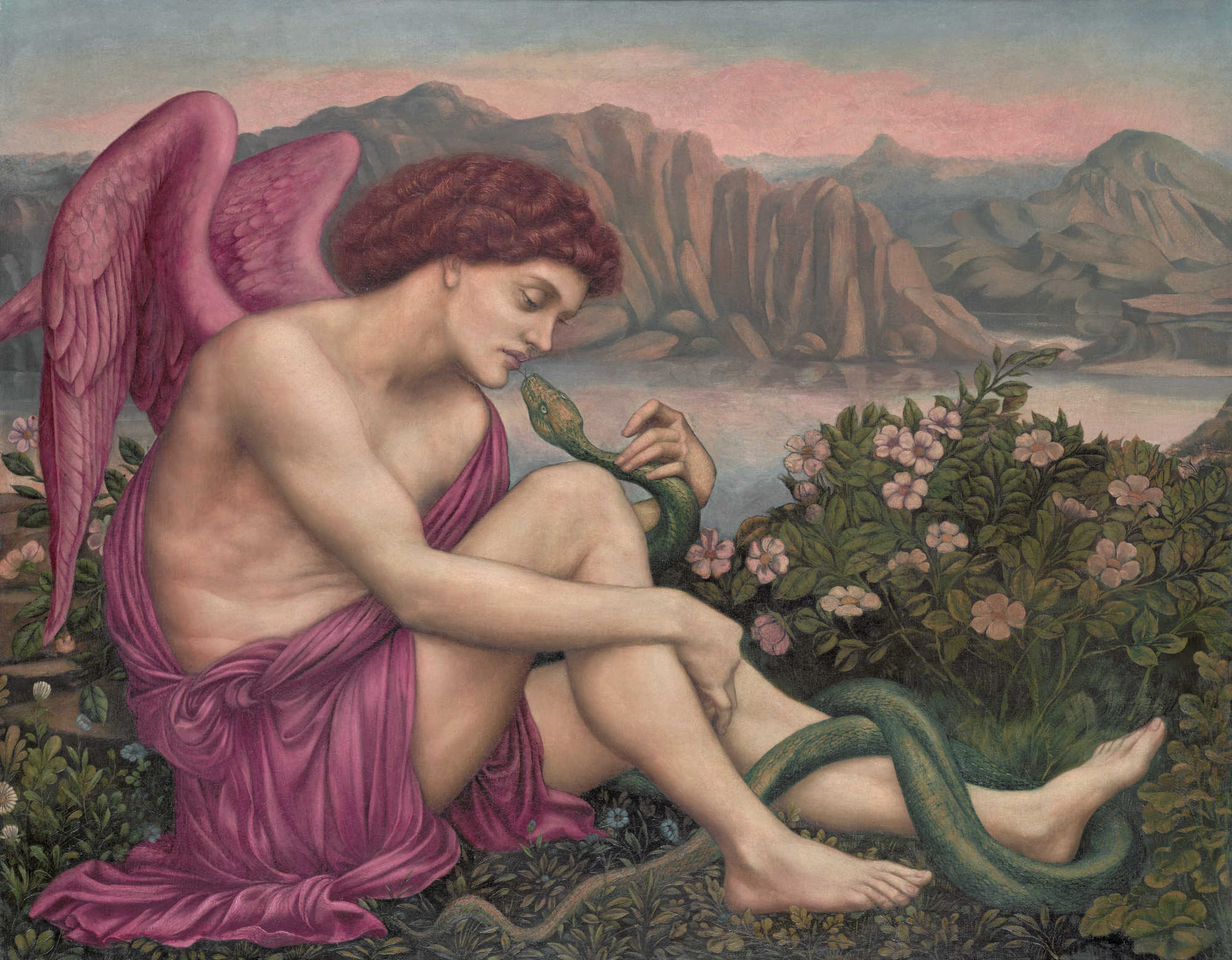
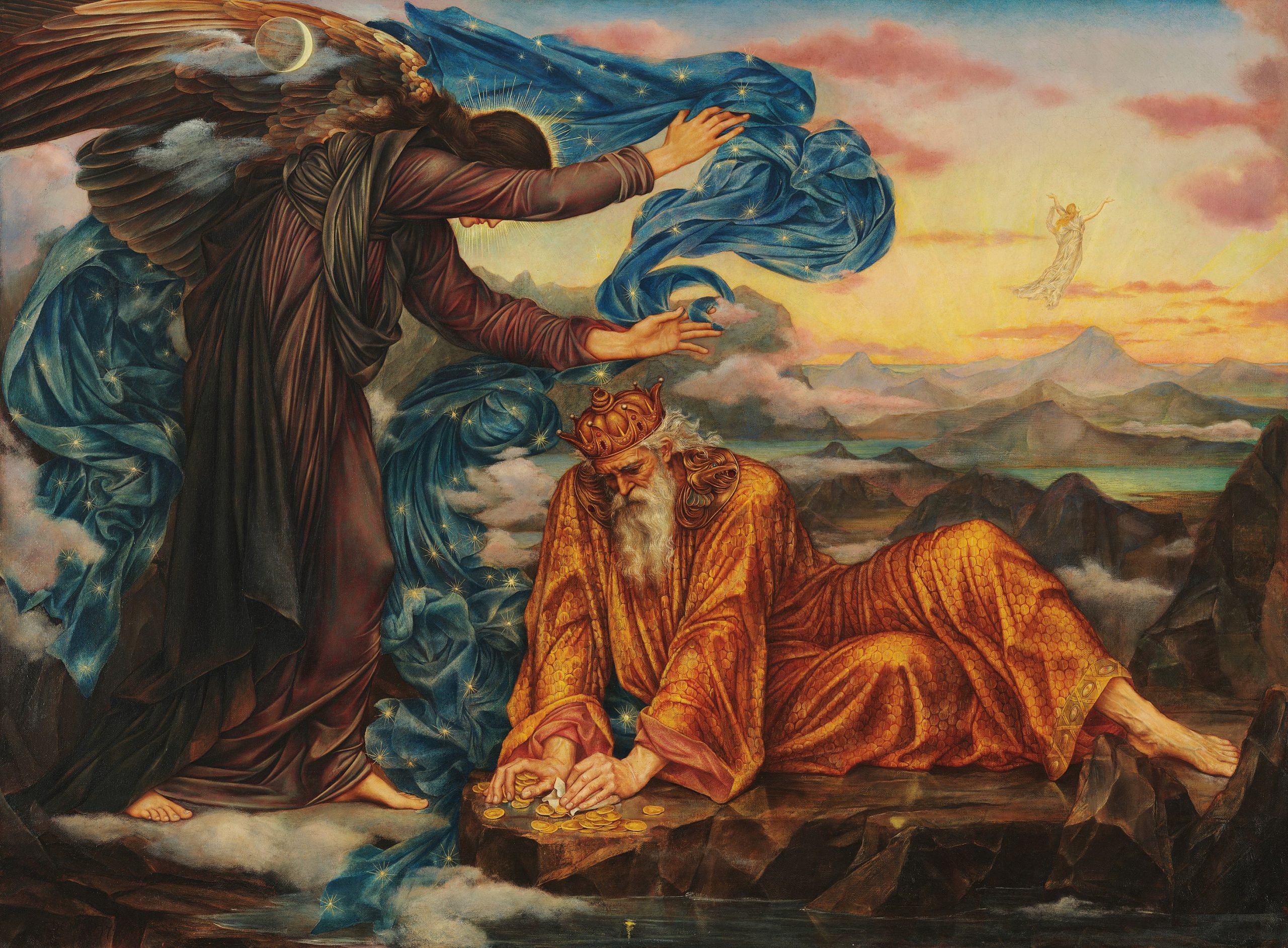
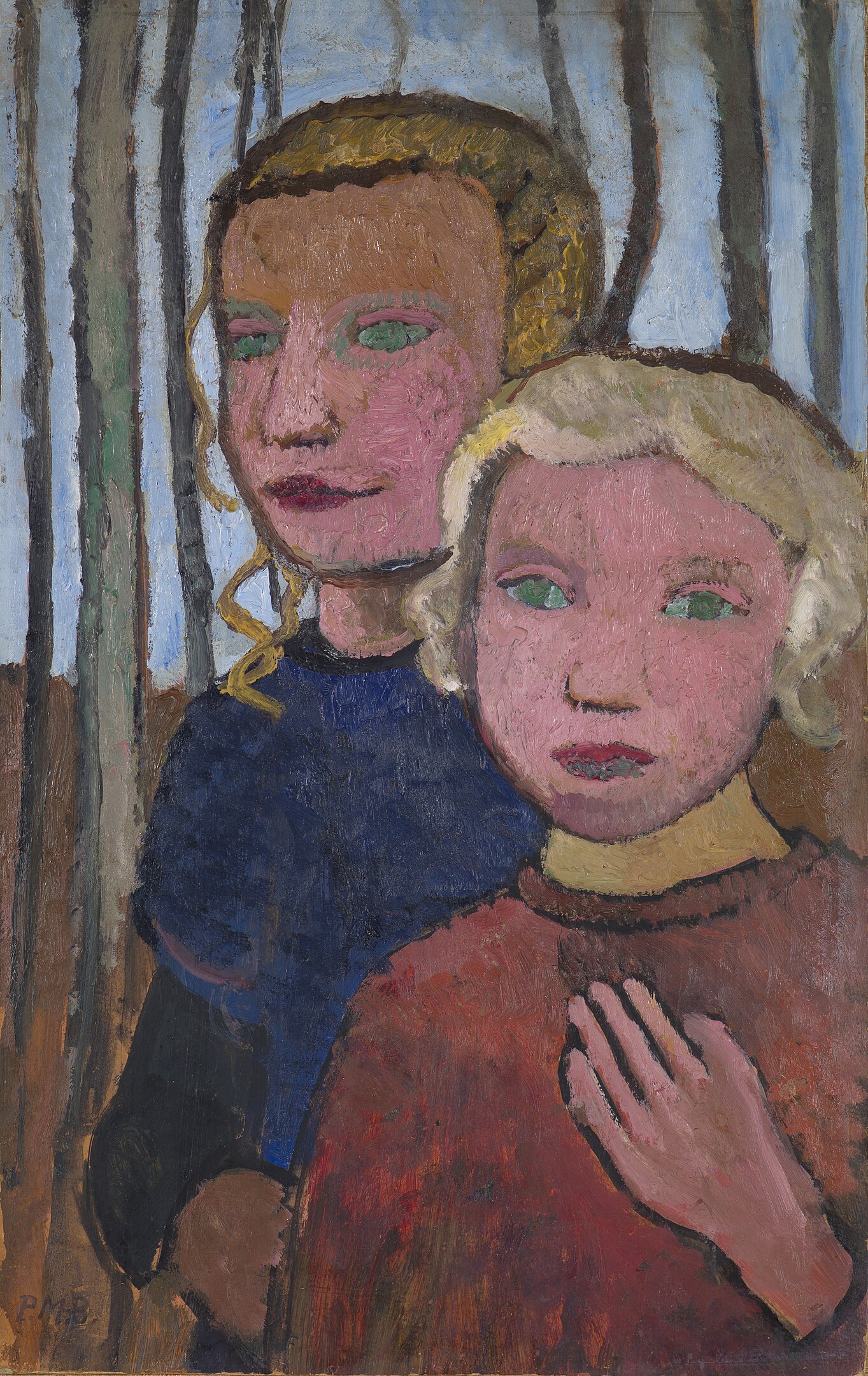
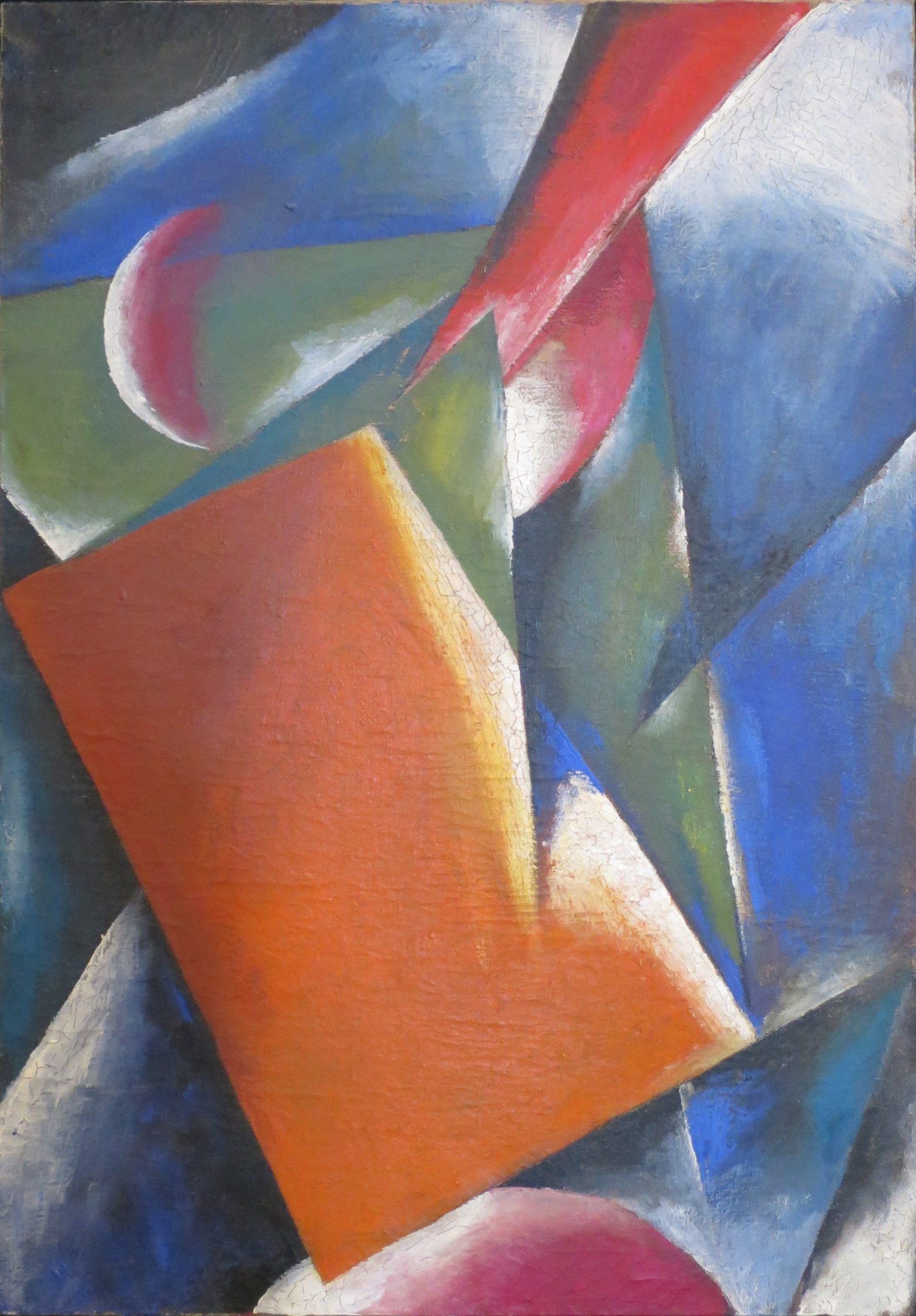
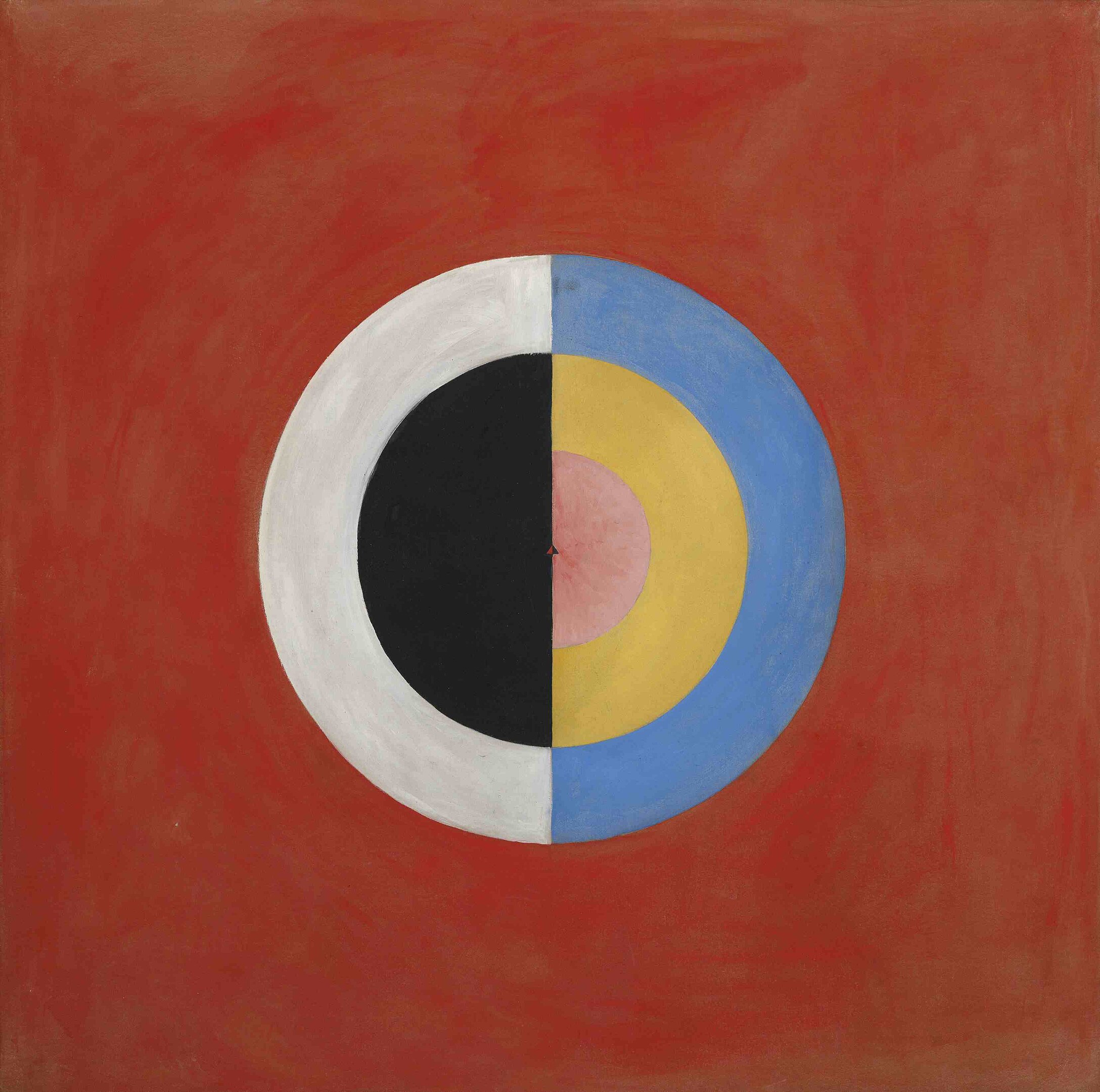
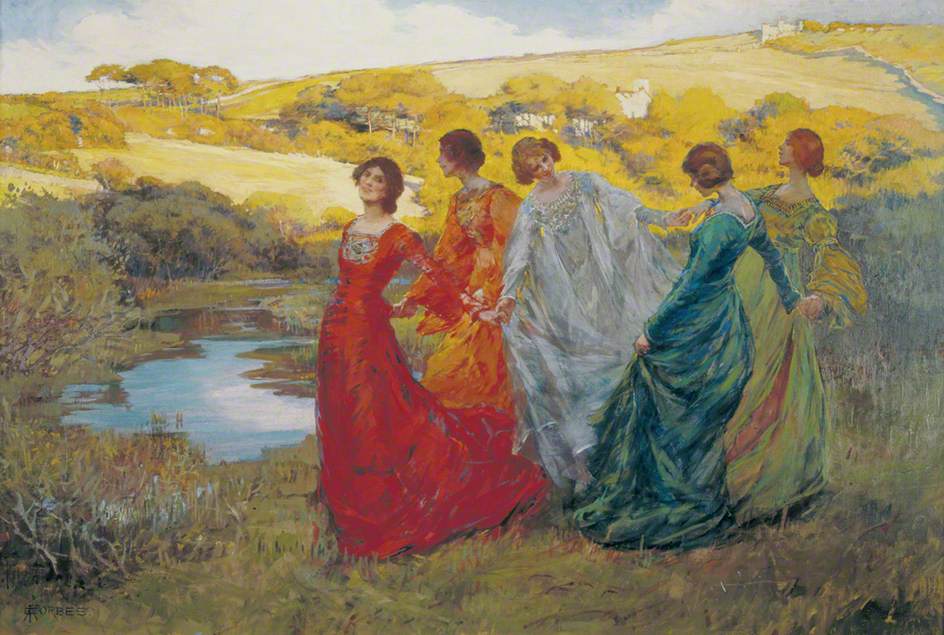
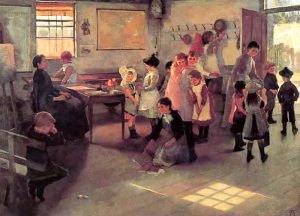
Elizabeth Forbes (Elizabeth Armstrong Forbes) (1959-1912). School is out. Penlee House Gallery and Museum, Penzance, England. Public Domain. Courtesy: Art UK. This image is available to be shared and re-used under the terms of the Creative Commons Attribution-No Derivatives licence (Creative Commons by Non-Derivative – CC BY-ND)by Elizabeth Forbes. Public Domain. Ark UK. https://artuk.org/discover/artworks/school-is-out-15029
Emily Carr (1871-1945). Totem Mother, Kitwancool, Vancouver Art Gallery, Vancouver, Canada. Public Domain. By Emily Carr – http://www.digitaljournal.com/article/327864, Public Domain, https://commons.wikimedia.org/w/index.php?curid=67611649
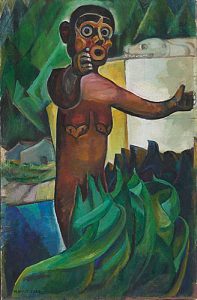
Emily Carr (1871-1945). Guyasdoms D’Sonoqua, 1930, Art Gallery of Ontario, Toronto, Ontario, Canada. Public Domain.
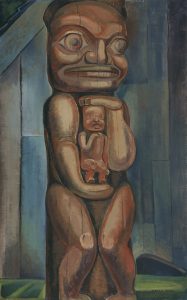
Emily Carr (1871-1945). Totem Mother, Kitwancool, 1928, Oil on Canvas, Vancouver Art Gallery, Vancouver, British Columbia. Public Domain. By Emily Carr – http://www.digitaljournal.com/article/327864, Public Domain, https://commons.wikimedia.org/w/index.php?curid=67611649
Emily Carr (1871-1945)
Key themes in Emily Carr’s work are Indigenous cultures and the natural world. Born in Victoria, British Columbia, Emily Carr studied at the San Francisco Art Institute from 1890 to 1892; she also studies art in Britain and France. Influenced by some of the post-impressionist and Fauve painters such as Vincent van Gogh, Paul Gauguin, and Henri Rousseau, Carr’s work is known for its bold forms and rich colours (Bovey, 2023).
Source: Bovey, P. (2023). Western voices in Canadian art. University of Manitoba Press.
To learn more about Emily Carr’s life please open the link here.
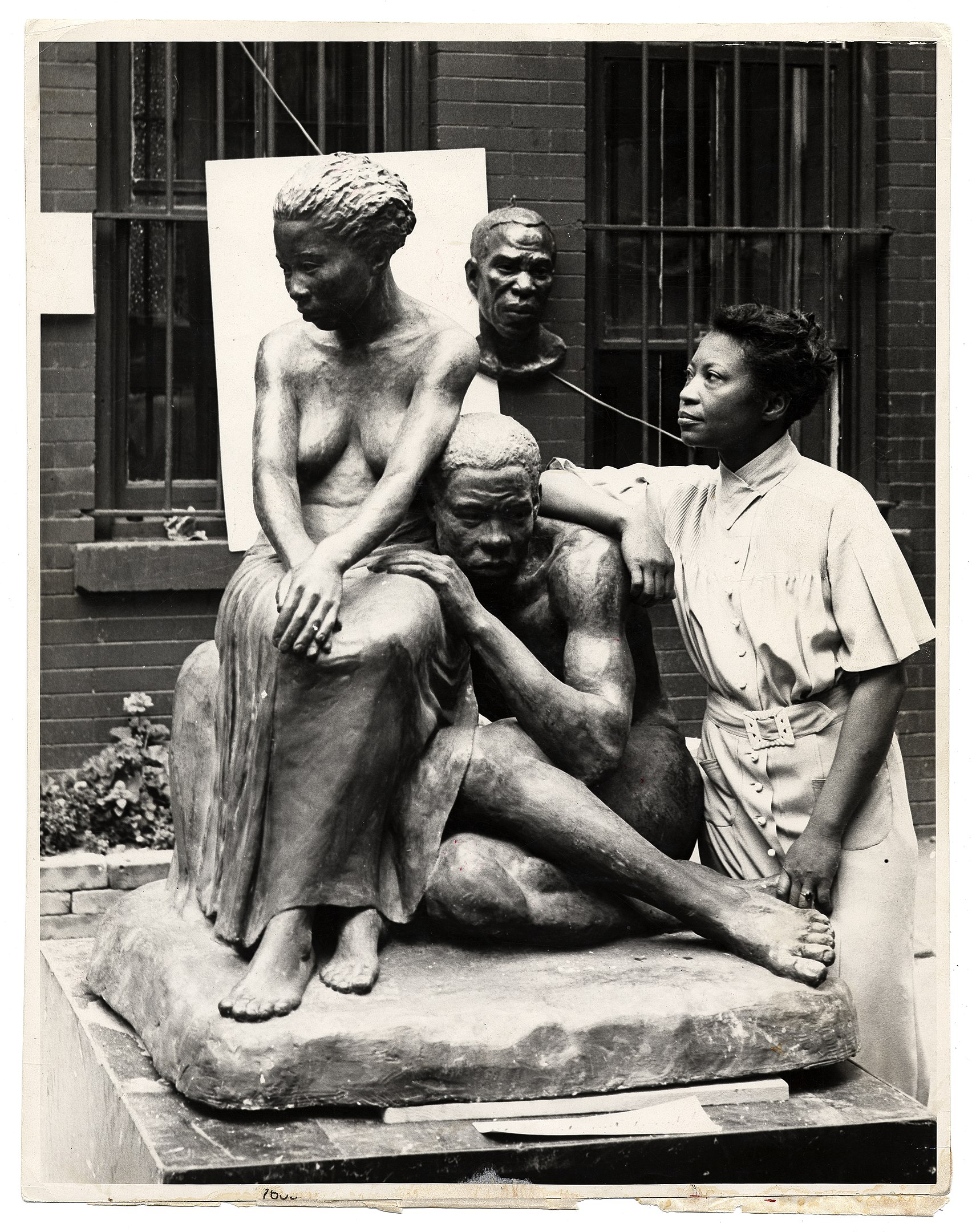 Andrew Herman (photographer), Augusta Savage with her sculpture Realization, c. 1938. Federal Art Project, Photographic Division collection, circa 1920-1965. Archives of American Art, Smithsonian Institution. “https://commons.wikimedia.org/w/index.php?curid=16894364” by Wikimedia is licensed under Public Domain Mark 1.0.
Andrew Herman (photographer), Augusta Savage with her sculpture Realization, c. 1938. Federal Art Project, Photographic Division collection, circa 1920-1965. Archives of American Art, Smithsonian Institution. “https://commons.wikimedia.org/w/index.php?curid=16894364” by Wikimedia is licensed under Public Domain Mark 1.0.
For more information about Augusta Savage, please open the links here and here.
Additional Resources
You can explore the life and work of the following influential women artists:
- Berthe Morisot
- Emily Carr
- Georgia O’Keefe
- Frida Kahlo
- Camille Claudel (Sculptor)
- Kathe Kollwitz
- Tamara de Lempicka
- Lee Krasner
- Niki de Saint Phalle
- Cindy Sherman
- Amy Sherald
- Kara Walker
- Daphne Odjig
- Emily Kame Kngwarreye (also known as Emily Kam Kngwarray)
- Christi Belcourt
- Goota Ashoona
- For more reading about women artists please consult:
Weidemann, C. (2008) 50 Women Artists You Should Know. Prestel Verlage Munich, London, & New York

